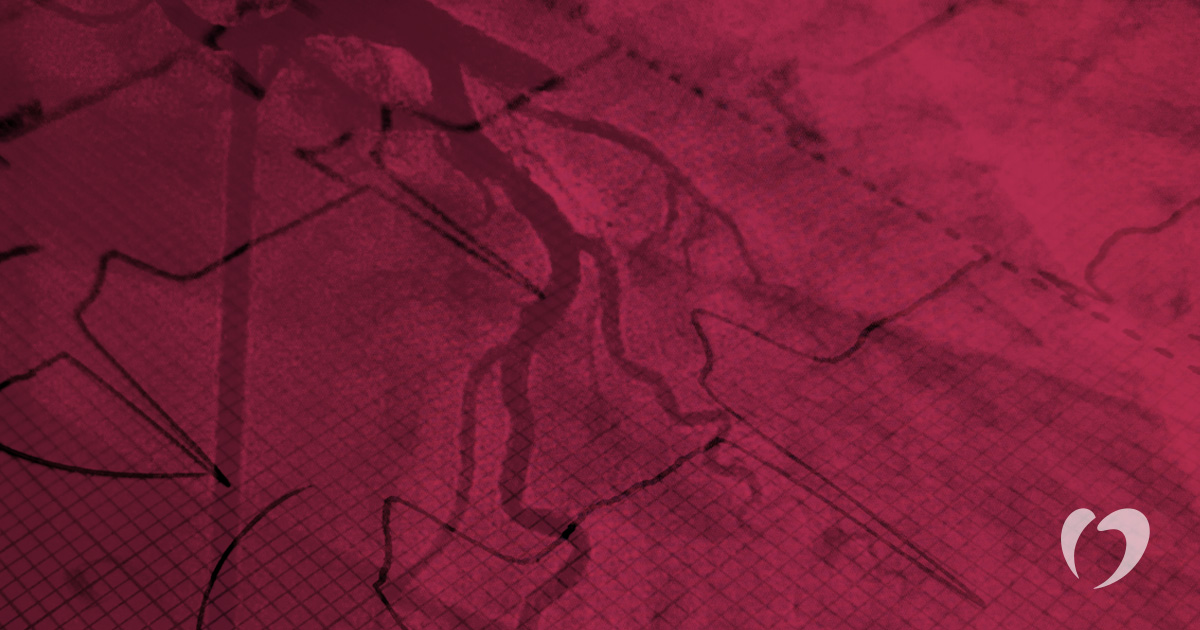Coronary angiograms

A coronary angiogram is the most common type of cardiac catheterization used to diagnose heart conditions. Specifically, a coronary angiogram uses dye and an x-ray machine to look closely at the blood vessels in your heart to see if blood flow is restricted in any way.
Your doctor will likely perform several other diagnostic tests before recommending a coronary angiogram. Other tests may include an electrocardiogram or EKG to check your heart’s electrical system, an echocardiogram (ultrasound of the heart) to assess the heart’s structure and function, or a stress test to determine how well your heart is working overall.
Major complications from angiograms are rare, although as with any medical procedure, there are some risks. Potential risks and complications include heart attack, stroke, an allergic reaction to the dye, damage to the artery, bleeding, and infection.
Preparing for an angiogram
Angiograms are a medical procedure performed in the cardiac catheterization lab at Oklahoma Heart Hospital, which is often simply referred to as the cardiac cath lab. You will be given specific instructions on how to prepare for the procedure, which may include not eating or drinking anything after midnight. Your doctor will instruct you on what medications you should or should not take the morning of the procedure.
Before beginning the procedure, the medical team will review your medical history and check your vital signs. You’ll be asked to change into a hospital gown, and you may be asked to remove any jewelry, hairpins, and contact lenses.
What to expect during the procedure
During the procedure, you will lie on your back on an x-ray table with cameras positioned around your head and chest to take pictures of your heart and blood vessels from multiple angles. An IV will be placed in your arm to administer any necessary fluids or medications, and you may be given a sedative to help you relax during the procedure as well. A blood pressure cuff, a pulse oximeter, and electrodes on your chest will help monitor your vitals.
A catheter, which is a thin flexible tube, will be inserted through a small incision in your groin or arm. The insertion site will be shaved, disinfected, and numbed using a local anesthetic before the catheter is inserted. Once the catheter is inserted, it will be carefully threaded to your coronary arteries. You won’t feel the catheter moving through the blood vessels, and you shouldn’t feel any pain.
Once the catheter is in place, contrast dye will be injected through the catheter. You may feel a warming sensation as the dye enters your body. Your doctor will monitor how the dye moves through the blood vessels to identify any blockages or other areas of concerns. If blockages are identified, they may perform another catheter procedure to help open narrowed arteries, such as a balloon angioplasty or a stent placement.
Recovering from an angiogram
Once the angiogram is finished, the catheter will be removed and pressure will be applied to the incision site. You’ll be monitored in a recovery room after the procedure, and you may need to lie flat for several hours to prevent bleeding. Some angiograms are outpatient procedures where you can go home the same day, while other patients may be kept in the hospital overnight for observation.
Be sure to drink plenty of fluids following an angiogram to flush the dye from your body. Follow the instructions of your healthcare team regarding any medications you take and when you can resume your normal activities.
The incision site may be tender and bruised for several days. Call your doctor immediately if you notice increased bruising, any bleeding, signs of infection, weakness or numbness in the leg, or increasing pain at the catheter site.
If you are experience symptoms of a heart condition and think you may need a coronary angiogram, contact the Oklahoma Heart Hospital today to schedule an appointment with one of our physicians.
